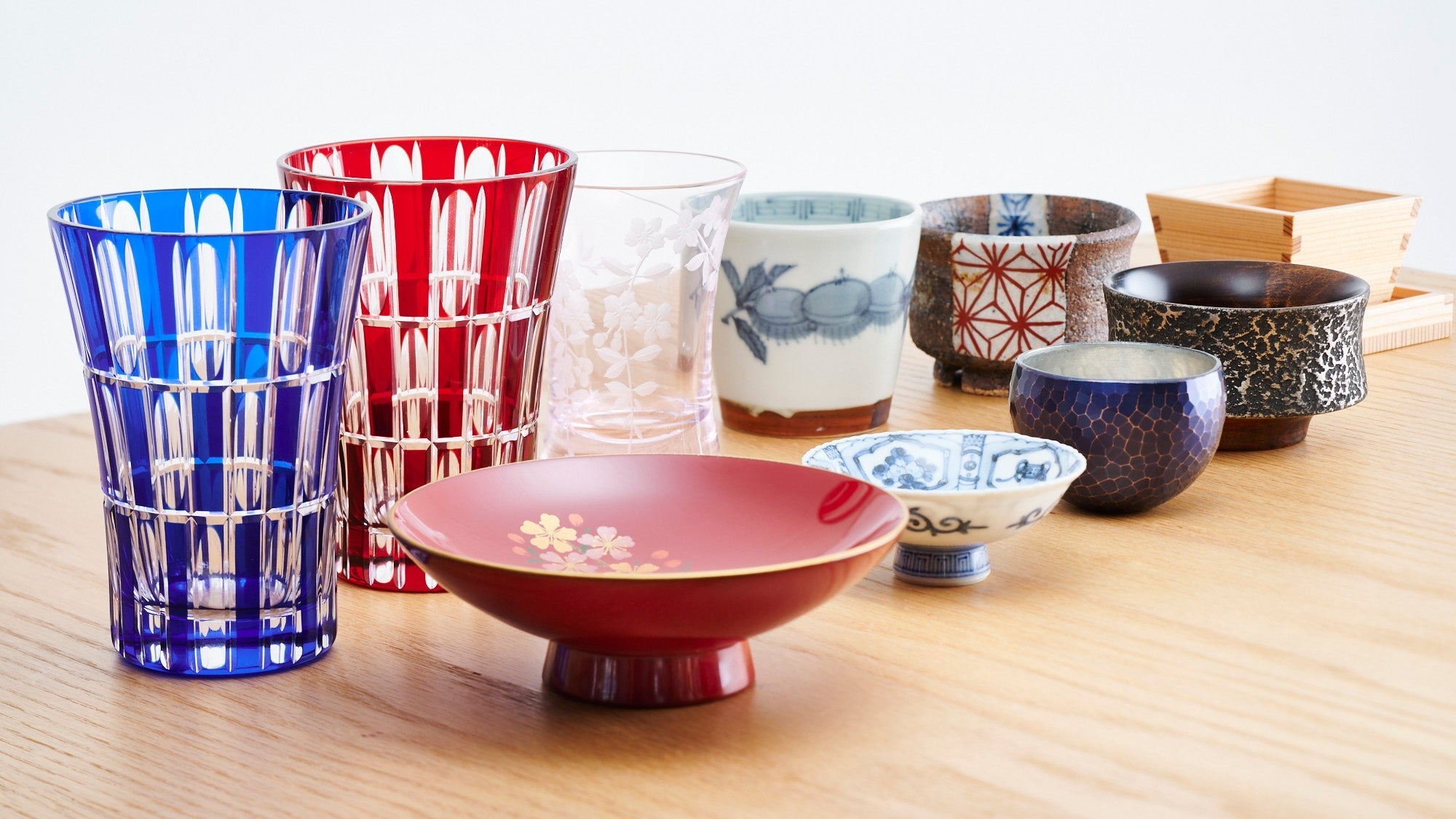
Expert Tips: Guide for Choosing the Perfect Sake Cup
Written by Team MUSUBI
Choosing the ideal sake cup goes beyond simply picking something that looks nice—it's a key element in enhancing your sake experience. In this guide, we have invited Sameshima Tomoyo, a sake sommelier at Shuzen Sameshima , to share her insights on the essential factors to consider when selecting a sake cup, including type, material, and shape.
We also asked for her recommendations on sake cups that pair well with four different types of sake, including aromatic (kunshu), light and smooth (soshu), rich (junshu), and aged (jukushu) varieties, highlighting the characteristics of each. Whether you're a seasoned sake enthusiast or new to the world of sake, read on to discover how to find the perfect cup to elevate every sip.

table of contents
The Various Characteristics of Sake Cups
First, Sameshima explained the various characteristics of sake cups and recommended the types of sake that best complement each feature.
Types
Sakazuki
“A sakazuki, or flat sake cup, has a small capacity, allowing you to drink its contents in just one sip. This is advantageous because you can enjoy the sake before its temperature changes, whether it's cold or warm. When warm sake is poured into a sakazuki, the aroma is released quite well.”
Ochoko
“An ochoko, a rounded sake cup, is generally well-suited for serving chilled sake. Additionally, when enjoying sake with a deeper and more complex flavor profile, ochoko is preferable over a sakazuki because its shape allows the sake to flow more easily into the mouth when tilted, accentuating the umami. Therefore, ochoko is often used for savoring richly flavored sake.”
Guinomi
“A guinomi is a larger sake cup, allowing sake to flow smoothly with each sip. Since a guinomi can hold more sake, it's ideal for those who prefer to take larger sips or drink in greater quantities. At Sakazen Sameshima, we serve sake in an ochoko for those who prefer smaller amounts, and in a guinomi for those who enjoy drinking more. When warm sake is poured into a guinomi, the temperature gradually cools, which can be enjoyable for those who appreciate the changing temperatures as they drink.”
Masu
“The masu cup is commonly associated with celebrations, such as New Year’s and other festive occasions. It has a distinct woody scent and is a wonderful choice when you want to enjoy a natural aroma.”
Glass Cups
“Among glass cups, particularly wine glasses enhance the aroma of sake, allowing you to experience the fragrance along with the taste. This makes them popular in sake tastings, where wine glasses are often used for sampling. For appreciating the fragrance, thin wine glasses are an excellent choice.”
Materials
Stoneware
“Stoneware sake cups are often used for serving sake with a pronounced umami flavor and a rich, full-bodied profile. The rustic and traditional look of stoneware, with its distinct Japanese aesthetic, brings a sense of refined cultural charm. This type of cup is ideal for sake that emphasizes the deep flavors of the rice or has a robust taste, and are well-suited for warm sake.
Stoneware sake cups are often used for serving sake with a pronounced umami flavor and a full-bodied richness. The rustic, traditional appearance of stoneware, with its distinctly Japanese aesthetic, adds a sense of refined cultural charm. This type of cup pairs well with sake that highlights the deep flavors of rice.”
Porcelain
“Thin porcelain sake cups pair well with clean and refreshing sake. Compared to stoneware, porcelain has a thinner and more delicate texture, making it an excellent match for sakes with a light and refined flavor. These cups are often used in the summer, as they suit both chilled sake and warm sake. Unlike glass, porcelain cups can also hold warm sake, so they are particularly useful for enjoying warm sake during the summer months.”
Lacquerware
“Lacquerware sake cups often bring to mind the warmth and comfort found in traditional cuisine, much like the way lacquer bowls are used for enjoying hot broth. Lacquerware is also fitting for celebratory occasions, such as New Year’s, adding a formal and elegant touch to the atmosphere.”
Glass
“As mentioned earlier, glass sake cups, including wine glasses, are popular for sake tastings and have become widely used. They allow the aroma to spread and be easily appreciated while drinking. Beyond wine glasses, other glass sake cups are ideal for enjoying refreshing sake during the summer. Glass cups also pair exceptionally well with the increasingly popular sparkling sake varieties.”
Metal
“Among metal sake cups, tin stands out for its excellent temperature retention, keeping sake cold for longer periods.”
Shapes
Trumpet-Shaped
“Trumpet-shaped cups have a rim that flares outward, allowing the aroma to be more easily noticed before drinking.”
Bud-Shaped
“The bud-shaped cup is the opposite of the trumpet shape, as it holds the scent within, making it less noticeable before sipping. However, when you drink, the aroma is released directly along with the flavor.”
Bowl-Shaped
“Bowl-shaped cups are versatile and pair well with almost any type of sake, especially those with strong umami flavors or a rich, mellow taste.”
Straight-Shaped
“Straight-shaped cups are best suited for clean and easy-to-drink sake. Since they offer a more subdued aromatic experience, they pair well with sake that has a lighter fragrance.”
“When asked about her favorite cup shape, Sameshima mentioned that she particularly likes the trumpet shape. “At Sakazen Sameshima, the sake we serve is paired with Japanese cuisine, so we don’t often have sake with flamboyant aromas, but the trumpet shape adds a festive touch. However, we might use the bowl shape most frequently. It’s the most commonly used shape here, and we have the largest number of them,” she explained.”
The Four Types of Sake and Their Perfect Sake Cups

According to Samshima, this classification is easy to understand, even for those who aren't very knowledgeable about sake. Therefore, not all the information introduced here will necessarily apply to every type of sake. For example, kunshu is categorized as including daiginjo and ginjo, but these types do not always have the characteristics of kunshu. Please consider this as a general guide for reference.
Sake Cups for Kunshu (Aromatic Sake)
“The trumpet shape, with its broaden, makes it easy to appreciate the aroma of the sake. Additionally, the cherry blossom pattern on the cup complements the bright and fruity image of kunshu. Best enjoyed chilled, glass cups are particularly suitable for kunshu.”
“Of the two cups, one of the cups is close to a trumpet shape with an open rim, while the other is more of a bud shape, but with a slightly open top. These designs allow you to first appreciate the aroma, and as you sip, you can directly experience the fragrance that is concentrated in the rounded part of the cup. Both cups are made with thin, delicate glass that provides a smooth drinking experience. They pair well with aromatic sake, similar to how wine glasses enhance the tasting experience.”
Sake Cups for Soshu (Light and Smooth Sake)
“These cups are perfect for soshu, which is light, crisp, and has a subtle aroma. I think the cool blue color especially complements the refreshing qualities of soshu beautifully. Since they are made of glass, they elevate the enjoyment of chilled sake, making it taste even more delightful.”
“Soshu is known for being easy to drink at any temperature, and these porcelain cups are perfect for both chilled and warm sake. The blue design adds a refreshing and cool touch, making them an excellent match for the nature of soshu. The versatility of porcelain enriches the drinking experience, whether you prefer your sake cold or warm.”
Sake Cups for Junshu (Rich Sake)
“One of the main appeals of stoneware sake cups is their thick, comforting texture. As rich junshu is best enjoyed warm, taking your time to savor its deep umami flavor with this guinomi makes for the perfect moment.”
“Lacquerware guinomi cups are excellent for capturing the gentle taste of sake. As mentioned earlier, it’s similar to enjoying warm broth in a traditional dish. When you pour warm sake into lacquerware, it creates a uniquely pleasant and comforting atmosphere.”
Sake Cups for Jukushu (Aged Sake)
“As sake matures, it develops a deeper brown color, and this color is an important aspect of the experience. Cups with a white interior, like this one, are ideal because they allow you to appreciate the rich hues of aged sake. Since aged sake, or koshu, is often considered a premium variety, pairing it with a cup that also exudes a sense of luxury is a great choice.
Aged sake pairs well with Chinese cuisine, and the floral patterns and gold accents on this cup would look beautiful in a Chinese dining setting, complementing the ornate style of the decor.”
“Glasses that clearly showcase the color of aged sake are ideal for jukushu. The intricate cuts of Edo Kiriko glass sparkle beautifully, and while they pair well with clear sake, the amber hues of aged sake look especially stunning in these glasses. The combination of the glass’s sparkle and the rich color of jukushu highlights its visual appeal, making the sake look even more enticing.”
From Sameshima's insights, we learned that choosing the right sake cup is just as important as selecting the sake itself when it comes to bringing out the diverse flavors of sake. The subtle differences in various sake cups can unfold the unique characteristics of each sake, delivering a deeper and more enriching tasting experience. Why not explore the world of sake further by sharing a conversation about sake cups with your family and friends, and discover how they can elevate your sake enjoyment?
Shuzen Sameshima
ooi333 1F, 3 Chome−3−3, Oimachi, Shinagawa City, Tokyo

























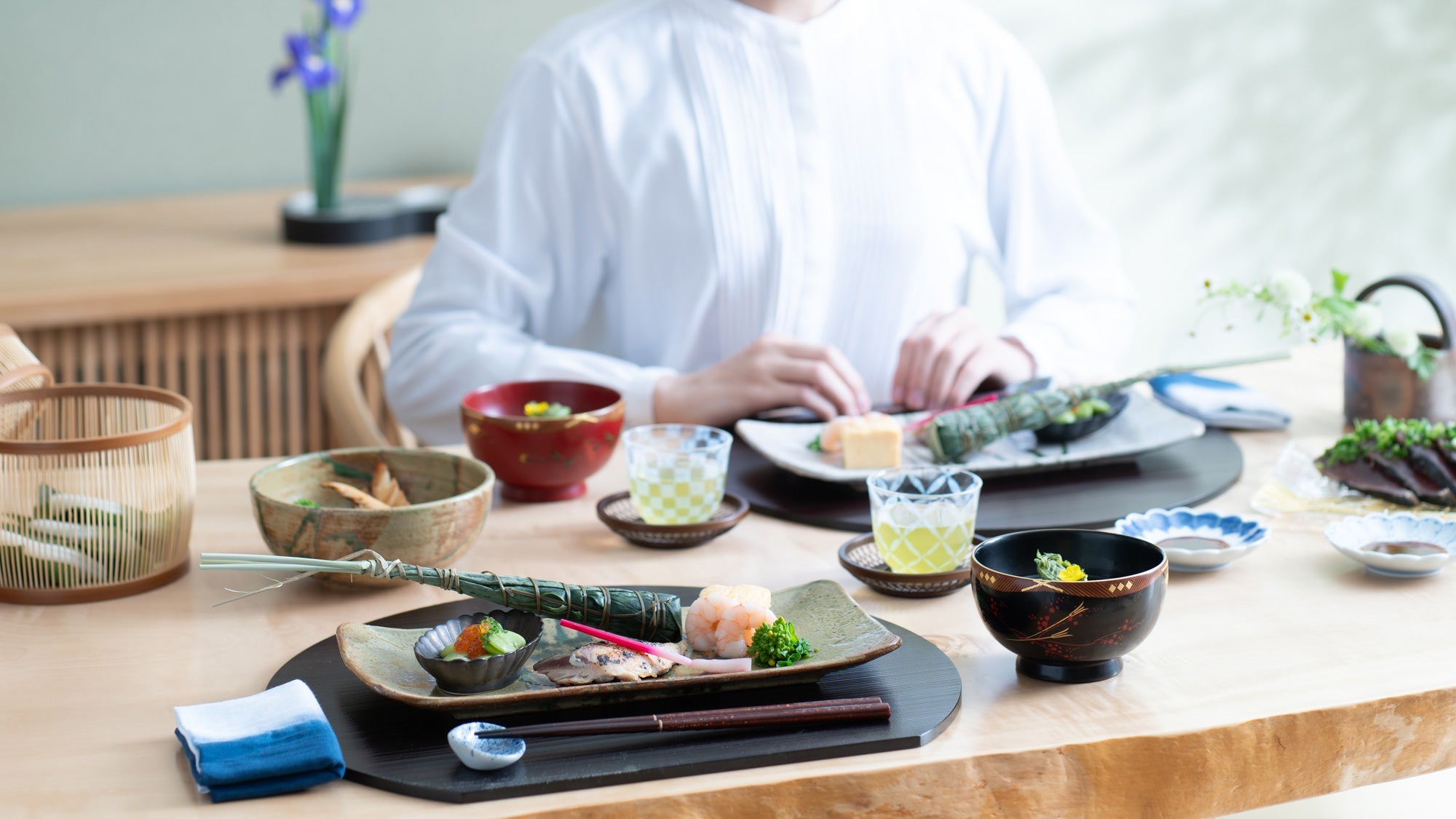
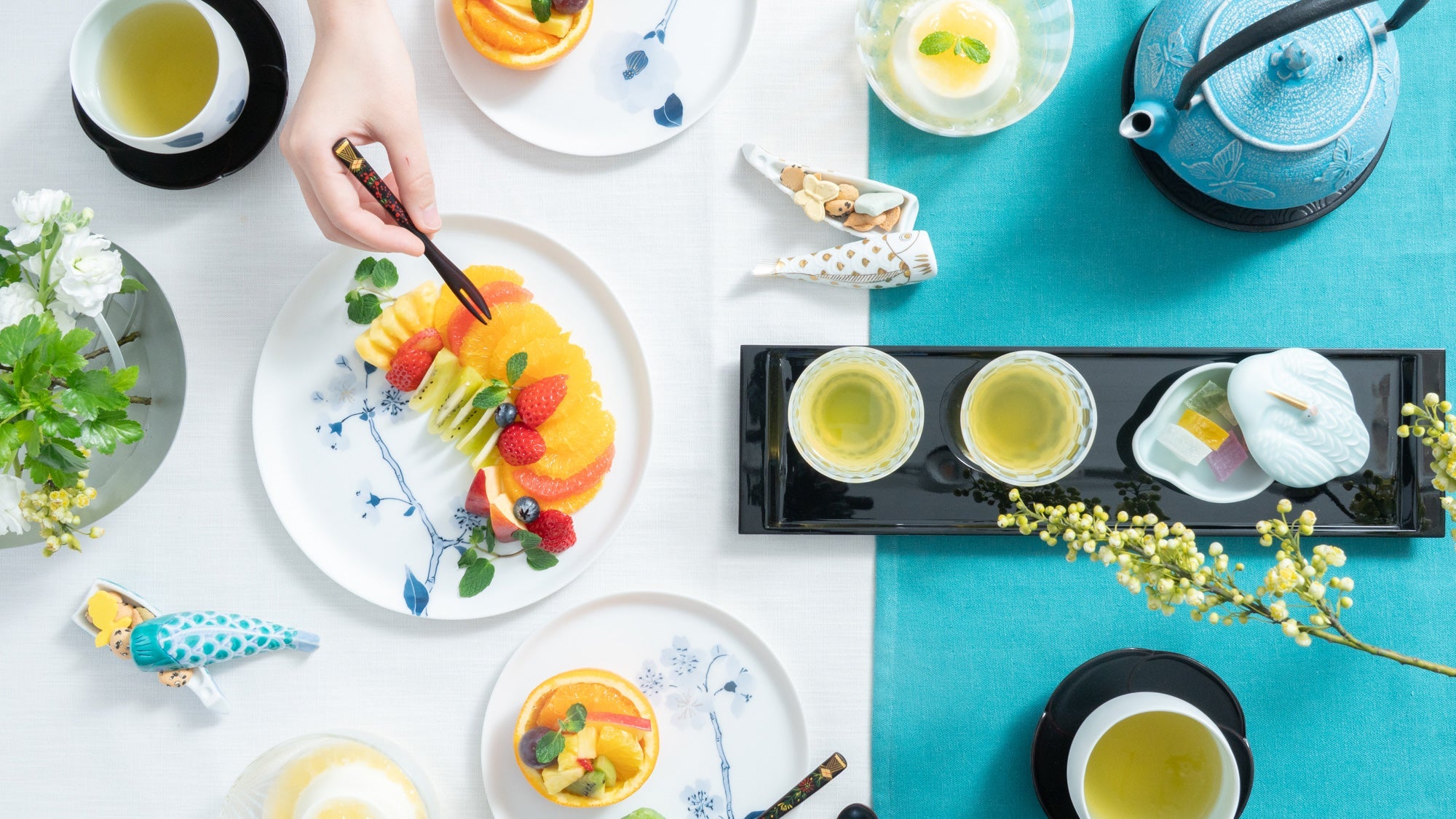
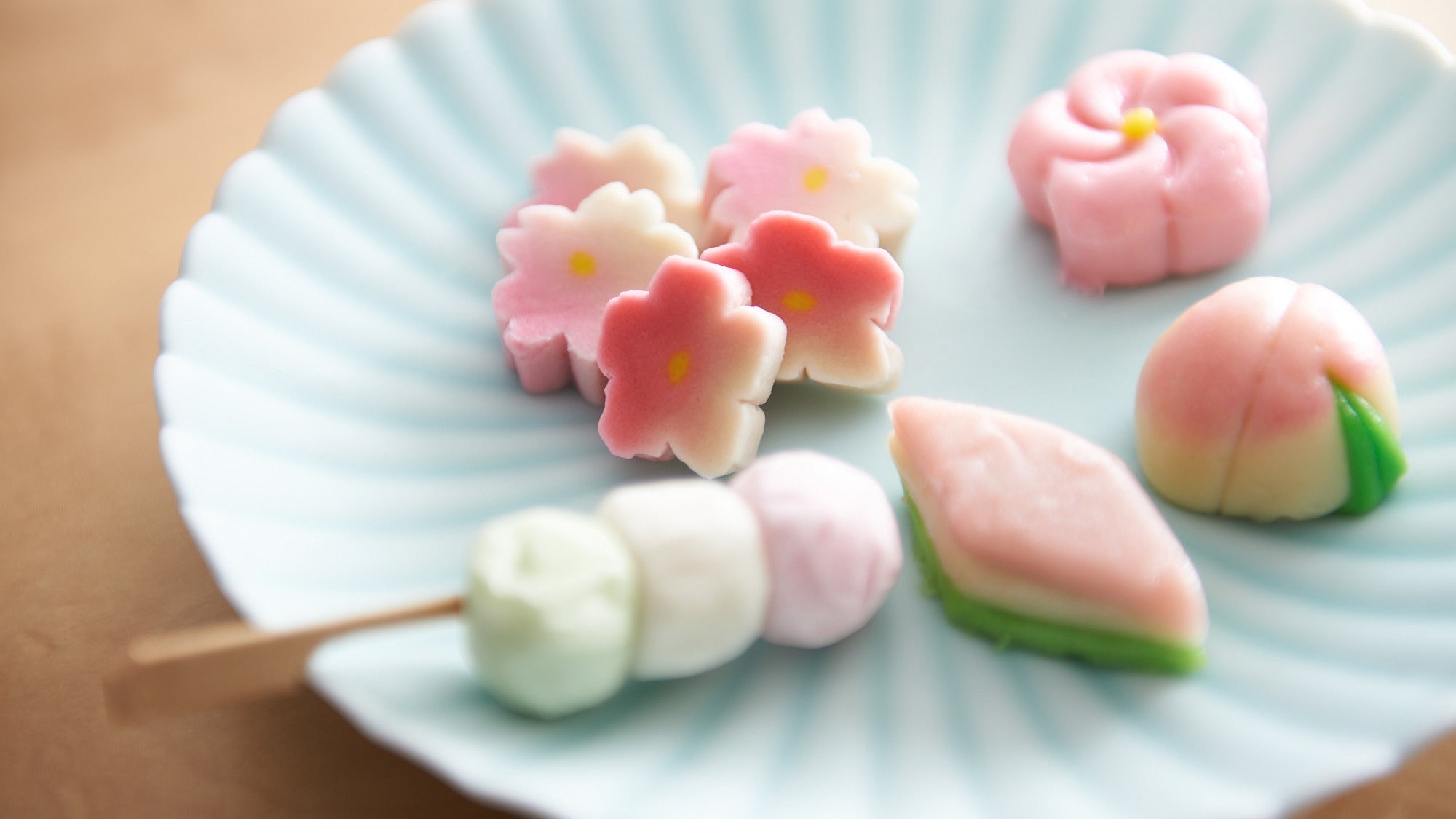
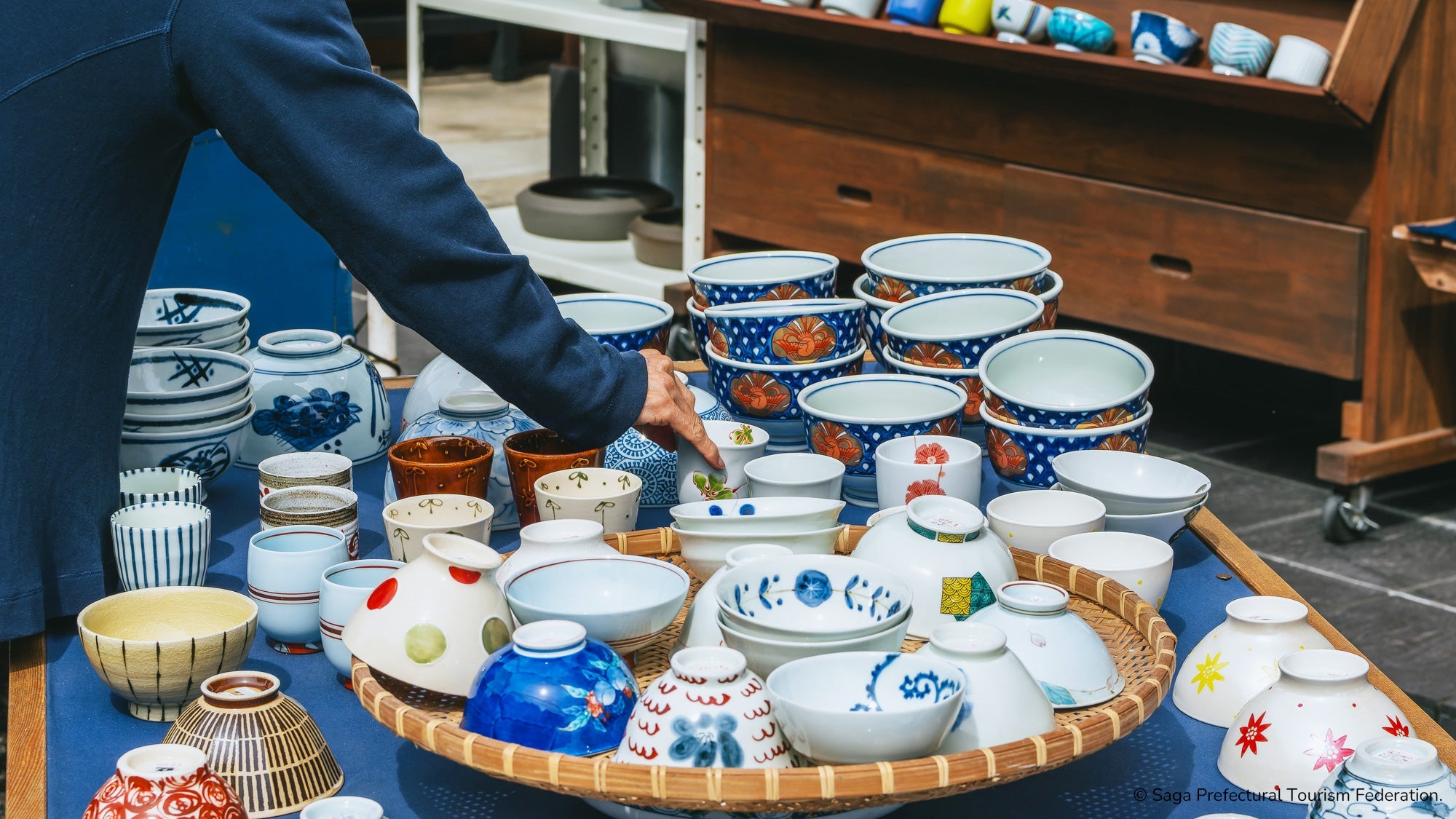
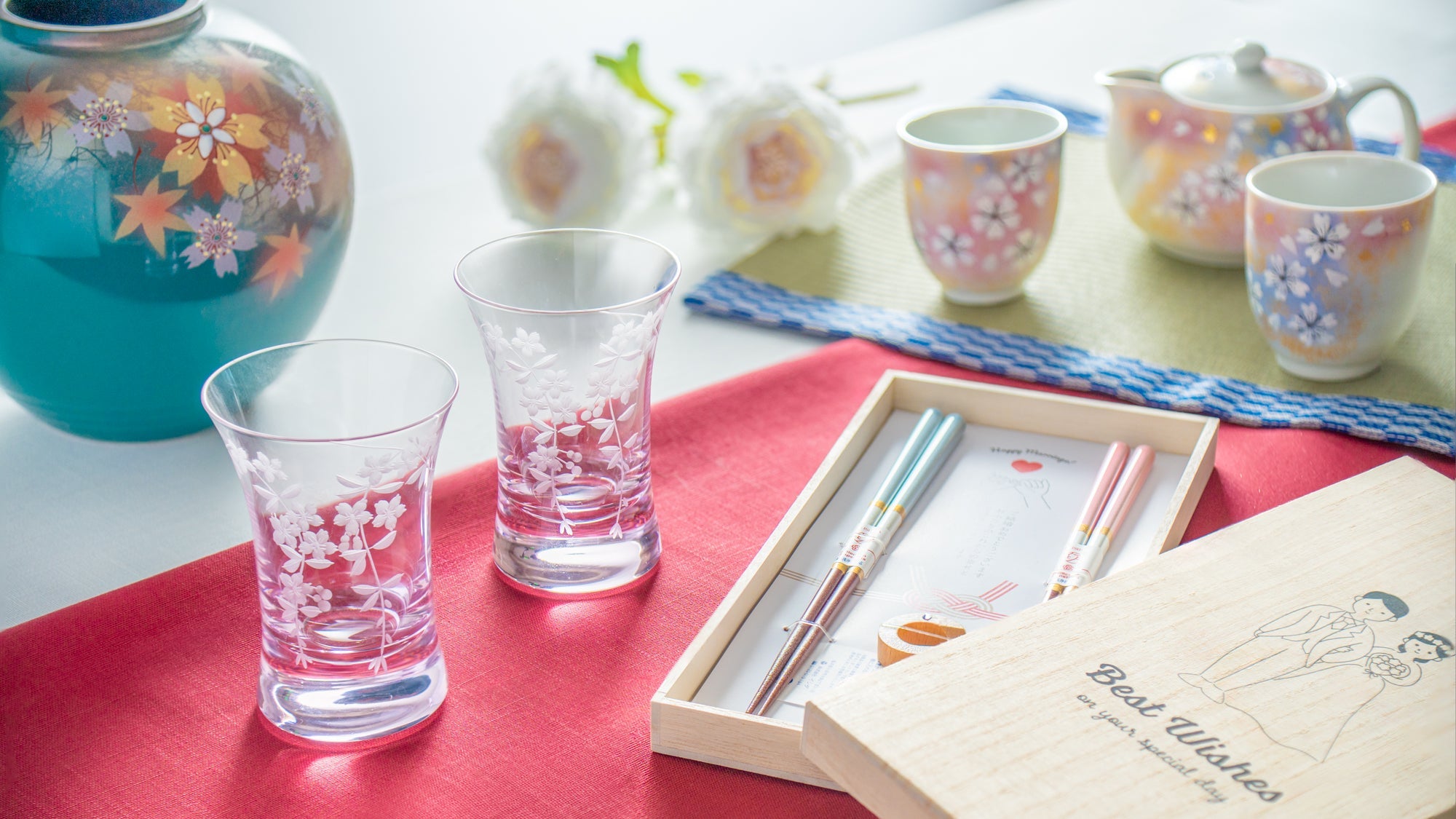
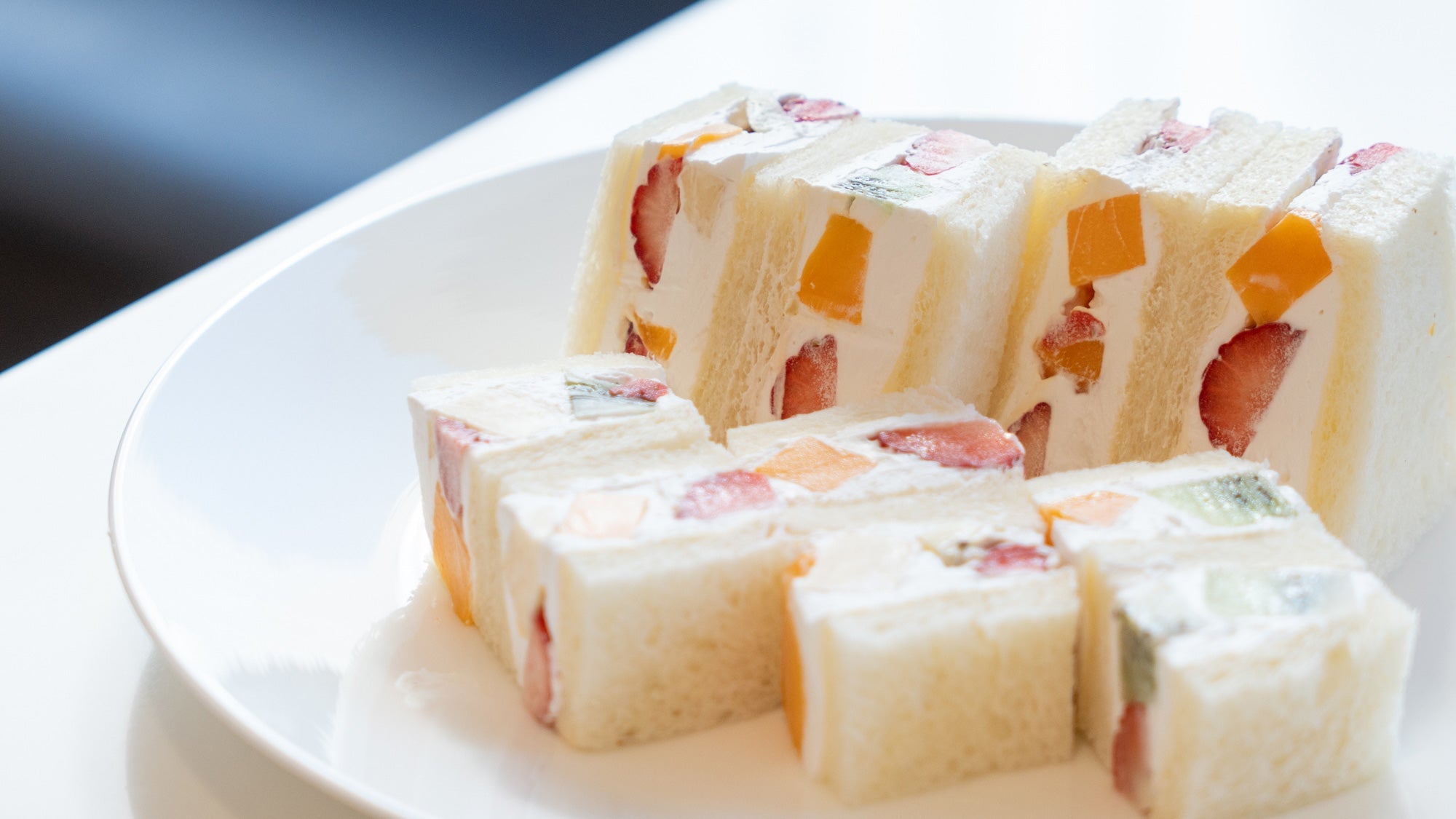

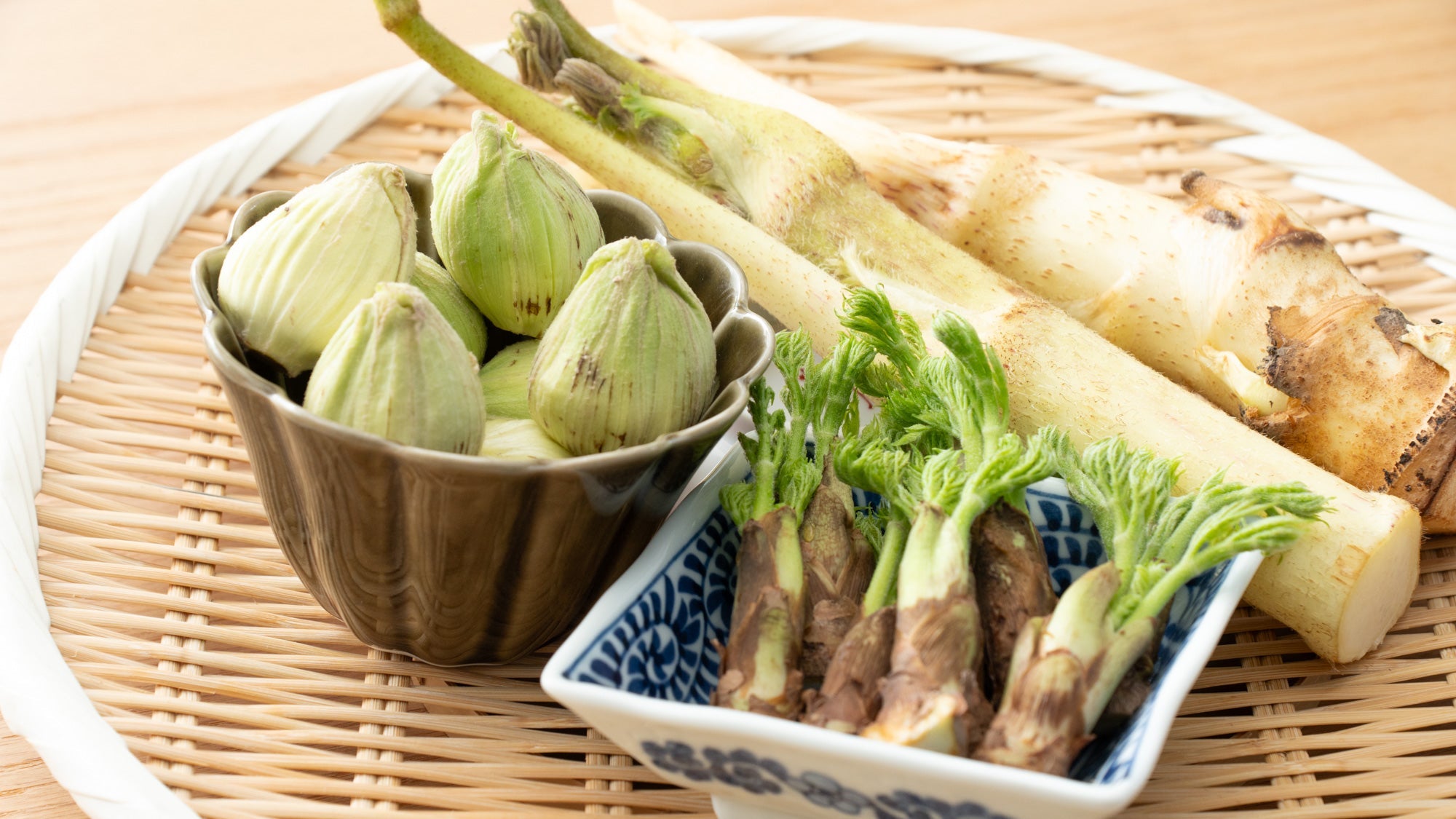

Leave a comment
This site is protected by hCaptcha and the hCaptcha Privacy Policy and Terms of Service apply.